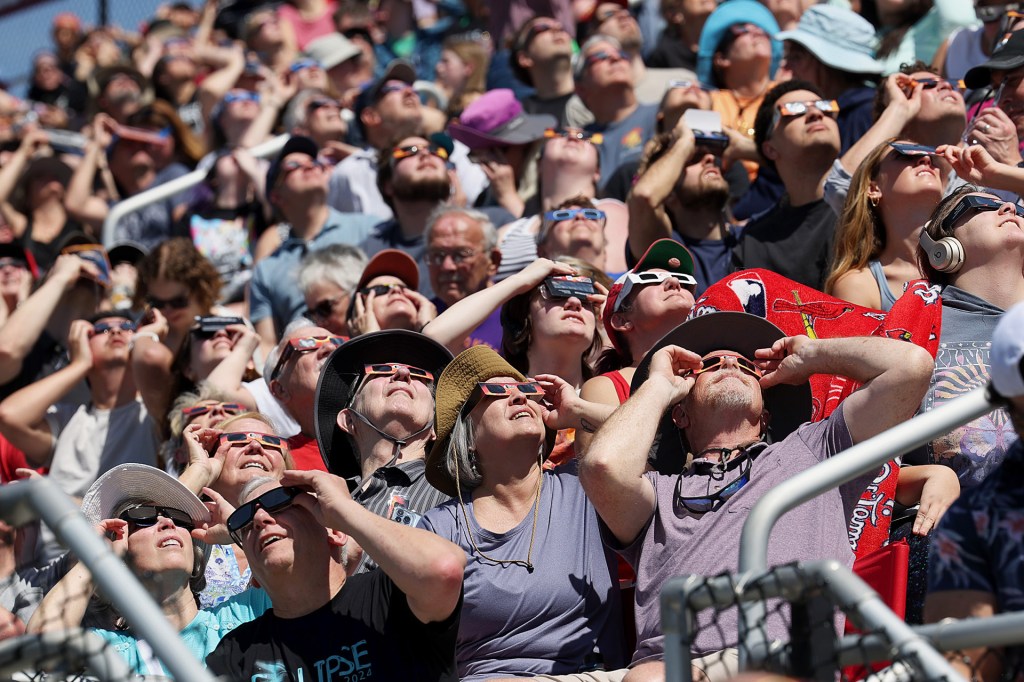Alaska Shakes

Highways crumbled and buildings shook as earthquakes jolted Anchorage, Alaska, on November 30.
A magnitude 7.0 quake hit first, at about 8:30 a.m. A 5.7 quake followed within minutes. The temblors set off tsunami alarms for islands and coastal areas south of Anchorage. But no tsunami arrived, and there have been no reports of deaths or serious injuries.
“We just hung on to each other,” said Sheila Bailey. She was working at a school cafeteria about 45 miles from Anchorage when the quakes struck. “It sounded and felt like the school was breaking apart.”
Roads suffered the worst damage. Sinkholes stopped traffic and stranded commuters. Over the following week, schools were closed until classrooms were deemed safe.
Alaskans knew the damage could have been even worse. On March 27, 1964, the state was rocked by a 9.2 magnitude quake, the most powerful ever recorded in the United States. The tsunami it triggered claimed about 130 lives.
Alaska has more large quakes than the other 49 states combined. The risk is especially high in southern Alaska. The Earth’s plates slide past each other in that region.
For days after the quake, stores were low on milk, bread, and bottled water. But Alaskans were pulling together, said Anchorage mayor Ethan Berkowitz. “People who might have been reaching for the last item looked over and saw someone else and said, ‘Yes, we are sharing this with you.’”












